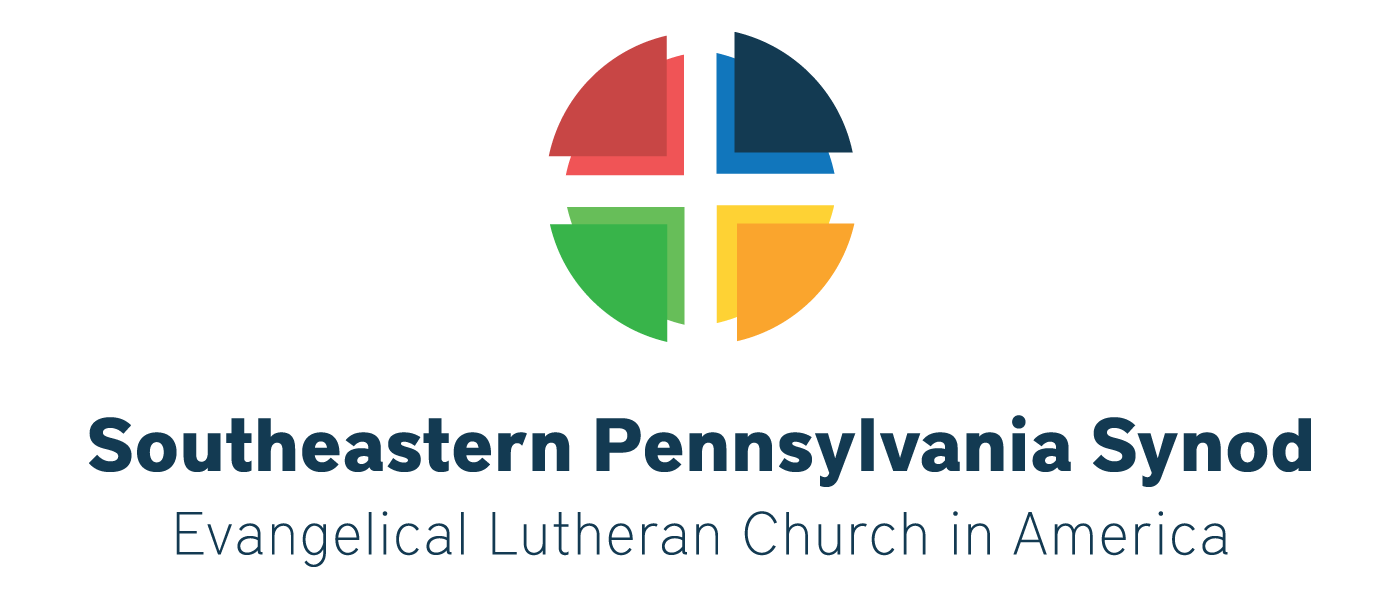February 25, 2022 in Public Health
Covid Questions and Answers, February 2022

Dr. Tim Babinchak, infectious disease specialist, joined congregation leaders for a question and answer session on Feb. 24.
Dr. Babinchak, a member of St. Johns, Phoenixville, discussed moving forward post-omicron variant surge and making decisions about congregational life and activities.
[Scroll down to watch the video]
[Download Transcript: COVID Q&A February 2022]
Dr. Babinchak noted that cases are declining rapidly and there is no new variant posing a serious threat right now. With more than three-quarters of Americans protected by vaccines and, to a lesser extent, by previous infection, we are right now in a status-quo situation with the virus.
“This is going to be the steady state for the (near) future,” he said. Yet we must be vigilant for circumstances that may cause us to reinstate protective measures. “We may see mitigations come back. Not if, but when the world changes, we will have to adapt to what comes along.”
Recent events in Ukraine are examples of the kinds of disruptions that can relocate populations, put people in touch who otherwise wouldn’t be, and thus provide an opportunity for the virus to take advantage of the situation to spread and perhaps mutate.
We still need to be concerned about children under 5 in our congregations who cannot yet be vaccinated, and maintain protective protocols including masks where they are present.
The other high-risk population includes those who have chosen not to take the readily available vaccines. “For those who are not vaccinated, any (indoor group) activities will continue to provide them with risk, but it is a risk they have willingly chosen to accept.”
Congregations need to assess their people’s risks and feelings about protections to make decisions about what protections, if any, to relax, and by how much.
Bottom line: We are at a baseline right now where risks for boosted individuals are about where they were pre-COVID. But future outbreaks, new variants, and possible seasonality will require churches to be adaptable and add protections if conditions worsen.
Watch Video
Index
0:00 — Where do we stand?
10:59 — What do we know about B.A. 2?
13:40 — How do we keep track of the rate of transmissibility?
15:08 — What about so-called “Long COVID” as a differentiator between COVID and the flu?
19:48 — How should congregations address congregant’s risks and concerns?
21:15 — Of the transmissibility numbers that we see, what is considered low or high?
24:09 — How has the discussion changed around personal responsibility and infectious diseases?
25:35 — How risky is eating together — suppers, communion?
29:26 — What recommendations do you have about masking in nursery schools, especially if there are immunocompromised children?
31:30 — How do various protections — hand washing, wearing masks, increasing ventilation — work together?
33:18 — Is ti too soon for a vaccinated choir to not wear masks for Holy Week singing?
34:38 — Is there a need to continue keeping lists for contact tracing?
35:00 — It was my understanding that both Pfizer and Moderna were both working on a “fine tuned” booster. Is there any advantage to a mix up of any booster or should one hold out for the custom made version?
37:47 – I’m triple vaxxed and had an almost asymptomatic infection in January – is it possible for me to still carry the virus and infect my unvaccinated grandchildren?
39:10 — Might it be responsible, that we go back to communion at the altar with individual cups when transmissibility is down and just let people assume their own responsibility?
41:00 — Is there a relationship between vaccine and hearing issues?
43:17 — Should we warn unvaccinated people that we are going back to normal, and tell them the risk is theirs? 45:25 — How will our experience affect our understanding of epidemiology going forward?
47:07 — will we be like other places in the world where we will take precautions like wearing masks when respiratory viruses are prevalent?

